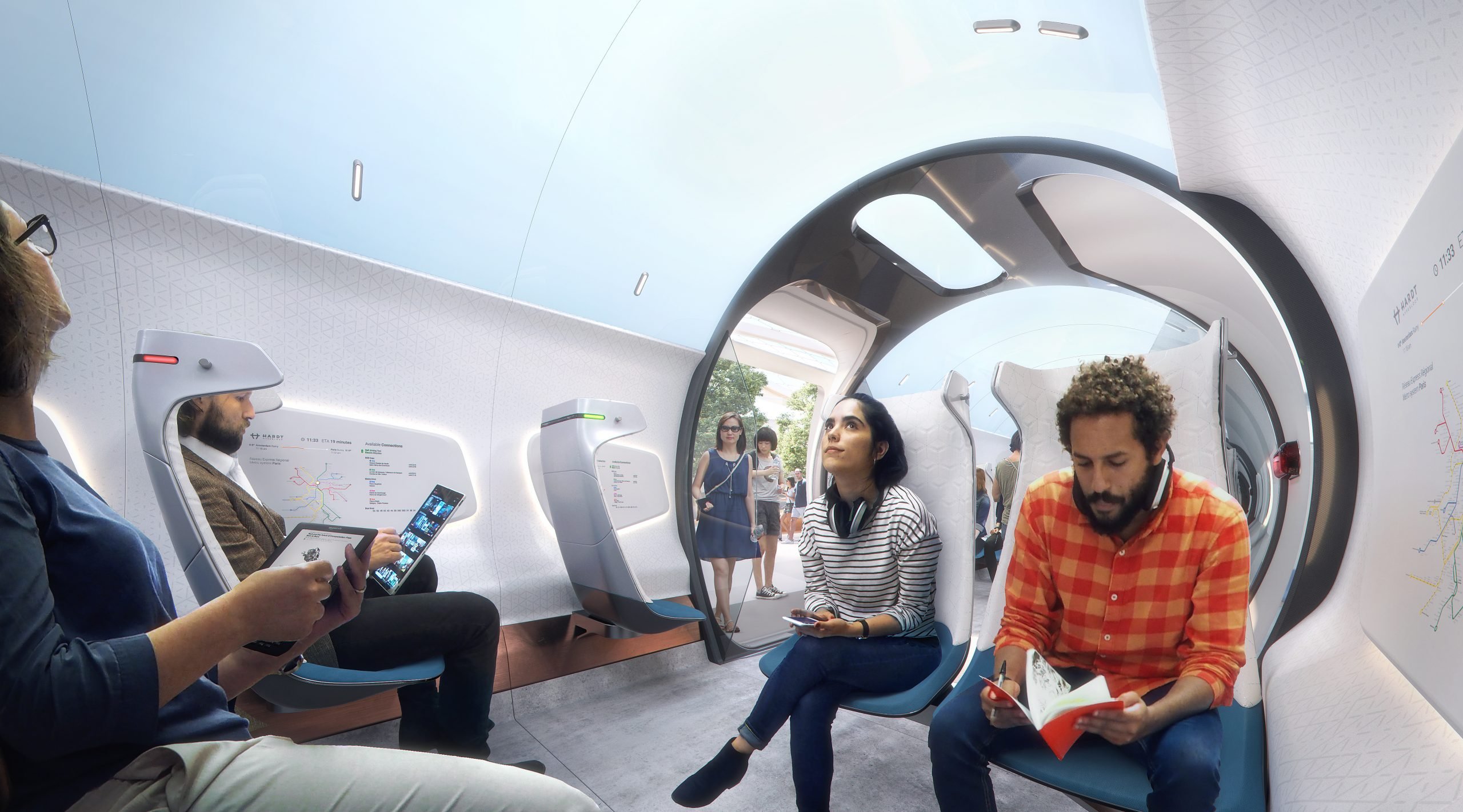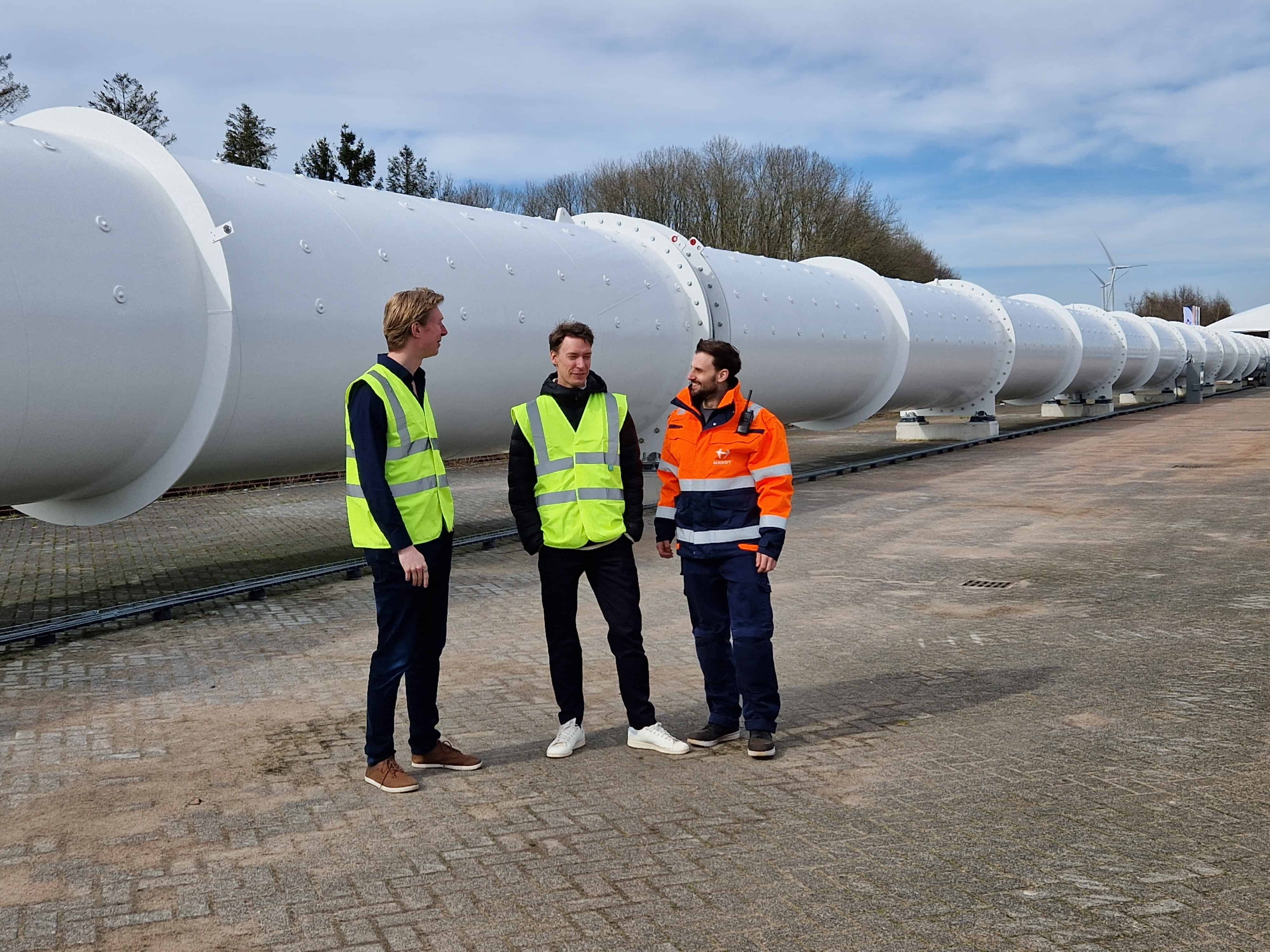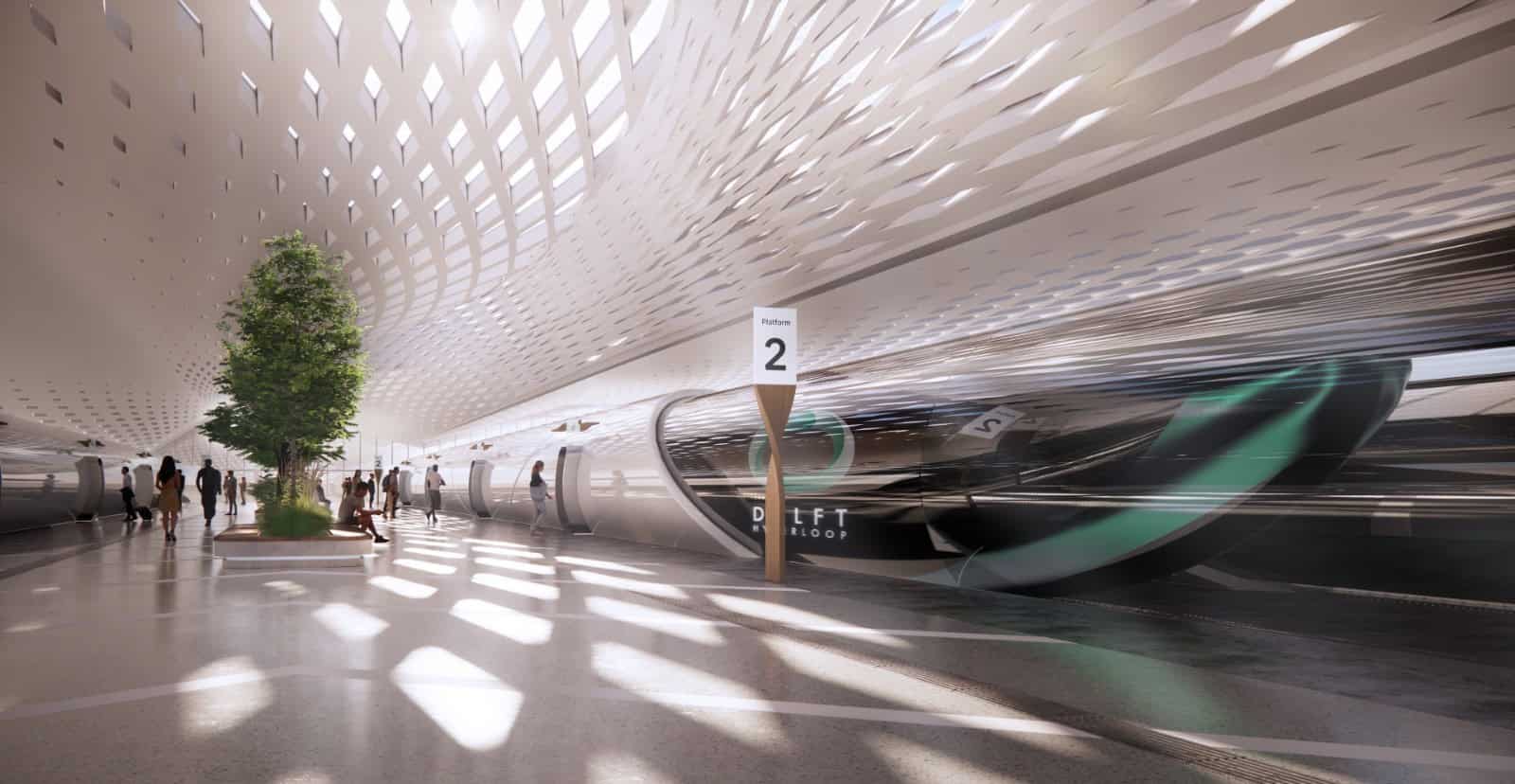
Groningen has been designated as the place to test what is known as the Hyperloop: a tubular transport system in which people or goods travel at speeds of up to 700 kilometers per hour through a low-pressure environment. How are the plans coming along? When will construction of the state-of-the-art transport system begin? Yvonne van den Berg, director of the European Hyperloop Center (EHC), answers six questions.

What are you all currently working on?
This month is going to be exciting: On April 28, the Groningen city council will decide on the zoning vision for the site where the EHC is to be located. The council will then decide whether the Hyperloop test center, the planned solar park and the Tennet transformer station have all been carefully integrated enough into the surroundings of where the center is to be located: In Meerstad-North.
“The end of April is definitely going to be exciting,” says van den Berg. “In the event of a positive decision, we can move on to preparing for land use planning and construction permits. Provided everything goes well, we can start building in 2022.”
What are the key issues that you would like to address through the Hyperloop Center in Groningen?
Testing is being done with the EHC in Groningen to demonstrate that hyperloop technology works safely and reliably at its full scale and speed. This is done by means of a test track for the hyperloop for transporting goods. Besides that, companies can test technology that can later be used for the hyperloop meant for passengers.
They will start, according to Van den Berg, with the hardest part: “Testing the track switching. Speed will be tested in a later phase. Also the building itself, control systems, embarking and disembarking the vehicle are all examples of what we are going to learn about and show.” The EHC is open to all companies and knowledge organizations that want to do research and development for all those systems that are needed for a hyperloop. “This means that once all the testing is completed at the EHC, the hyperloop for goods transport should be ready to be applied commercially.”
What makes Groningen so well suited to work on the Hyperloop?
According to Van den Berg, it is no coincidence that the EHC is heading to Groningen. “Both the province and municipality have worked incredibly hard on preparations for it,” she says. For example, the province is pressing ahead with innovation in mobility and green energy. “The Hyperloop is a fine addition to that.”
Furthermore, cooperation with knowledge institutions in the region is pivotal. Both vocational and academic educational institutions are closely involved in the project. “It would be nice if we could make the issues related to Hyperloop part of educational programs. Work sessions have been organized in which the partners of the hive.mobility innovation center are participating. These are high tech companies like Demcon and public transport companies like Arriva. “The business community will then work with the knowledge institutions to see how real-world projects and scientific projects can take place side-by-side.”
A Hyperloop prototype is coming to the Zernike Campus. What is the purpose of this?
“In June, Hyperloop prototypes will be coming to the Zernike Campus in Groningen. We want to already be able to show what a Hyperloop looks like. And the education community will have the opportunity to start doing research on the Hyperloop. The prototype is smaller, but the entire system is incorporated into it. The only thing missing is a vehicle.”
What else will you be focusing on this year?
This year’s focus is about introducing the general public to the Hyperloop. “We hope to get people enthused and make people realize that this is really going to be a new form of travel. As long as the system is not yet up and running, virtual reality is the best way to let people experience what it is like to travel in this kind of vehicle.”
Van den Berg already has an idea of what that experience might be like. “I think you can compare the experience to traveling by plane, but without any turbulence. If you sit in an airplane just above the wing, then you can’t see outside either. Not only that, but you are also in a sealed tube.” As a result of the corona measures, Van den Berg himself has not yet taken a virtual ride on the Hyperloop. ” I personally can’t wait either, virtual reality still gives a much better idea of what it will be like than just watching videos. I hope that we can already show the public something using VR this summer. For example, during the Noorderzon festival.”
What will be the next major milestone?
I will be happy when the first foundation piles are pounded into the ground. That construction is actually going to start. This is a major development that will have a significant impact around the world and that makes it very special. Never before has it been demonstrated that the Hyperloop works for goods transport at high speeds and with track changes. We are up against a tremendous challenge because it is a massive project. We are now figuring out step by step what we all need.”





